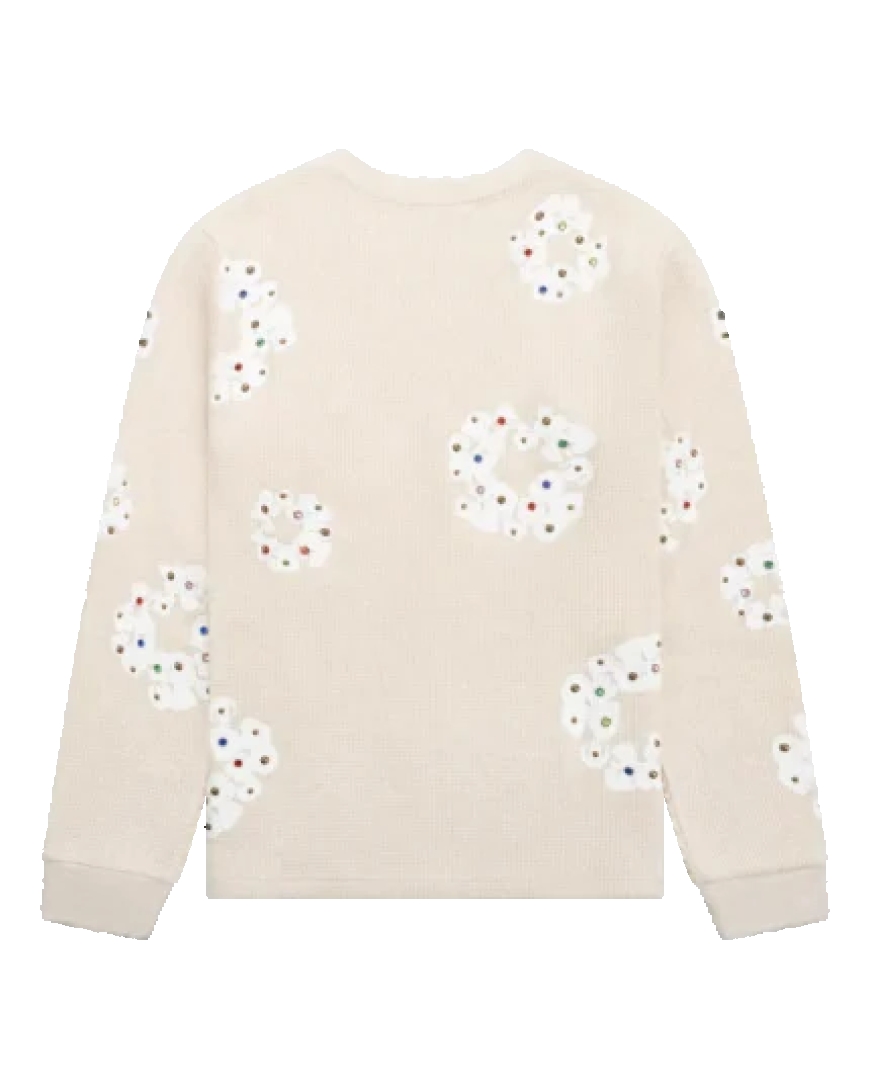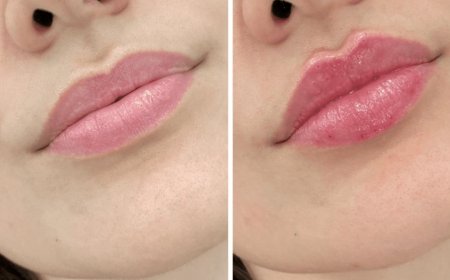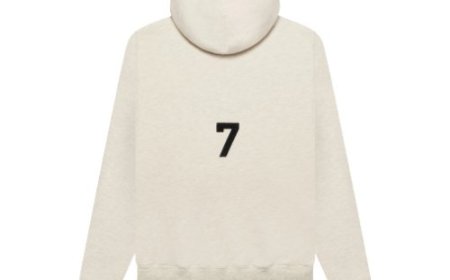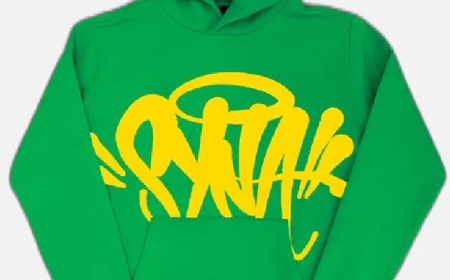Stitched in Struggle: Denim Tears Unfolded
Denim Tears Canada Collection at Official Denim Tears Clothing Website. Enjoy Fast Shipping and Substantial Discounts! Up to 50% Off.

In the evolving world of streetwear, where fashion meets identity, few brands carry the weight of cultural narrative quite like Denim Tears. Created by Tremaine Emory, the brand is far more than a labelit is a protest stitched in cotton, a conversation between the past and present, denim tears and a defiant cry for acknowledgment, justice, and cultural reflection. Denim Tears doesn't merely design clothing; it weaves stories, often uncomfortable, into fabric that confronts and commemorates Black history in America. With each piece, Denim Tears unfolds a layered history of struggle, survival, and self-expression.
The Origins of Denim Tears
Denim Tears emerged not from commercial ambition but from a deep need to explore identity and history through the lens of fashion. Launched in 2019 by Tremaine Emorycreative director, storyteller, and cultural criticthe brand was born out of years of Emory's observations within the fashion industry. Emory, who worked alongside Kanye West and Virgil Abloh and later became the creative director of Supreme, recognized the power of clothing to do more than sell an aesthetic; it could serve as a medium for social and historical commentary.
The brand's first major release, the "Cotton Wreath" collection, came to define its ethos. It was a quiet revolutiona series of garments emblazoned with cotton wreath motifs, a haunting reminder of slavery and the blood-soaked roots of the cotton industry. The collection was not just about fashionit was about memory. It told the story of Black labor, dehumanization, and resilience through minimalist yet powerful imagery. The cotton wreath became a symbolboth of the trauma inflicted upon African Americans and of their unbreakable legacy.
Fashion as a Tool of Liberation
Denim Tears challenges the mainstream narrative of fashion by placing Black history at its core. Emorys work is deeply influenced by his upbringing and by Black thinkers, artists, and leaders such as James Baldwin, bell hooks, and Angela Davis. He treats clothing as a political canvas, bringing uncomfortable conversations to the forefront. Rather than offering escapism, Denim Tears invites reflection.
The garments themselves are simplejeans, sweatshirts, hoodies, and jacketsbut the context is radical. Denim, long associated with American labor and rugged individualism, becomes a symbol of ancestral pain and perseverance in Emorys hands. The very choice of denim is deliberate. It is a fabric worn by enslaved people, sharecroppers, and factory workers. In Denim Tears, it becomes a medium of dignity and defiance.
This approach challenges the commercial fashion world's tendency to co-opt and dilute Black culture for profit. Denim Tears doesnt just reference Black cultureit centers it, unflinchingly and unapologetically. The brand refuses to shy away from painful truths, instead presenting them in garments that demand viewers to reckon with history.
Collaborations That Speak Volumes
Denim Tears has never operated in isolation. The brands collaborations with other labels and institutions are carefully curated, not simply for reach or revenue but for resonance. One of the most talked-about collaborations was with Levis, the quintessential American denim brand. In a poetic twist of history, Emory used Levis jeansa symbol of Western expansion and industrial Americaas a backdrop for the cotton wreath symbol. The partnership served as a reckoning, challenging Levis to confront the legacy behind its iconic fabric.
In 2022, Denim Tears joined forces with Dior under Kim Jones for an unexpected yet powerful collaboration. This unlikely fusion of luxury fashion and street-level cultural critique resulted in a show that honored Black spirituality, history, and art. The collection featured references to Yoruba religion, Emorys personal heritage, and Pan-African iconography, reminding the audience that Black culture is not monolithic but layered and global.
These collaborations are not about clout but about crafting dialogue. Emory uses these platforms to elevate the narrative, pushing institutions to look inward and consider their own histories and responsibilities.
Storytelling Beyond the Runway
What makes Denim Tears distinct is not only its clothing but also its broader cultural engagement. Emory uses multiple mediumsinterviews, installations, podcasts, and social mediato articulate the brands philosophy. He does not separate fashion from activism, art from protest, or design from history. Every hoodie or pair of jeans is accompanied by an invitation to learn, to question, to feel.
For Emory, storytelling is an act of resistance. By embedding his garments with the spirit of Black history and intellectual tradition, he reclaims space in an industry that has long marginalized Black voices. He doesnt shy away from addressing systemic racism, police brutality, or the legacy of colonialism. Instead, he invites these discussions into fashion weeks, galleries, and street corners alike.
Denim Tears also acts as a form of cultural preservation. Through each collection, Emory archives Black experiencesboth painful and triumphantin wearable form. He believes that style can be political without sacrificing beauty, and that fashion can honor the past while shaping the future.
Cultural Impact and Legacy
Though still relatively young, Denim Tears has already carved out a legacy. It has inspired a generation of designers and creatives to use their work as a form of activism. It has challenged the fashion industry to think critically about representation, appropriation, and authenticity. Most importantly, it has given visibility to stories often ignored or erased.
Tremaine Emorys approach has had ripple effects. Brands are beginning to rethink their strategies, audiences are becoming more discerning, and young Black designers are finding inspiration in his work. While the fashion world still has a long way to go in terms of equity and inclusion, Denim Tears proves that it is possible to disrupt from within.
The brand does not aim to comfort but to confront. It calls on wearers to remember, reflect, and respond. Whether through a denim jacket bearing the cotton wreath or a hoodie Denim Tears T Shirt quoting Black intellectuals, the message is clear: Black history is American history, and it deserves to be seen, heard, and honored.
A Movement in Fabric
Denim Tears is not merely a brand; it is a movement draped in fabric. It exists at the intersection of art, protest, and design, driven by a fierce dedication to truth-telling. In a world that often demands silence from the oppressed, Denim Tears dares to speakin stitches, symbols, and seams.
Tremaine Emory reminds us that fashion is never neutral. Every garment has a history. Every thread carries memory. And every brand, whether it admits it or not, contributes to the cultural conversation. Denim Tears chooses to contribute consciously, courageously, and unapologetically.
As the brand continues to evolve, its mission remains unwavering: to honor the struggle, to celebrate the resilience, and to tell the stories that demand to be heard. In every thread, a testimony. In every design, a remembrance. In every collection, a revolutionstitched in struggle, and stitched to last.





































